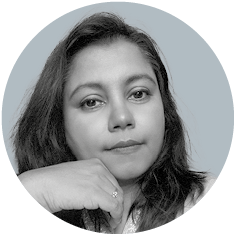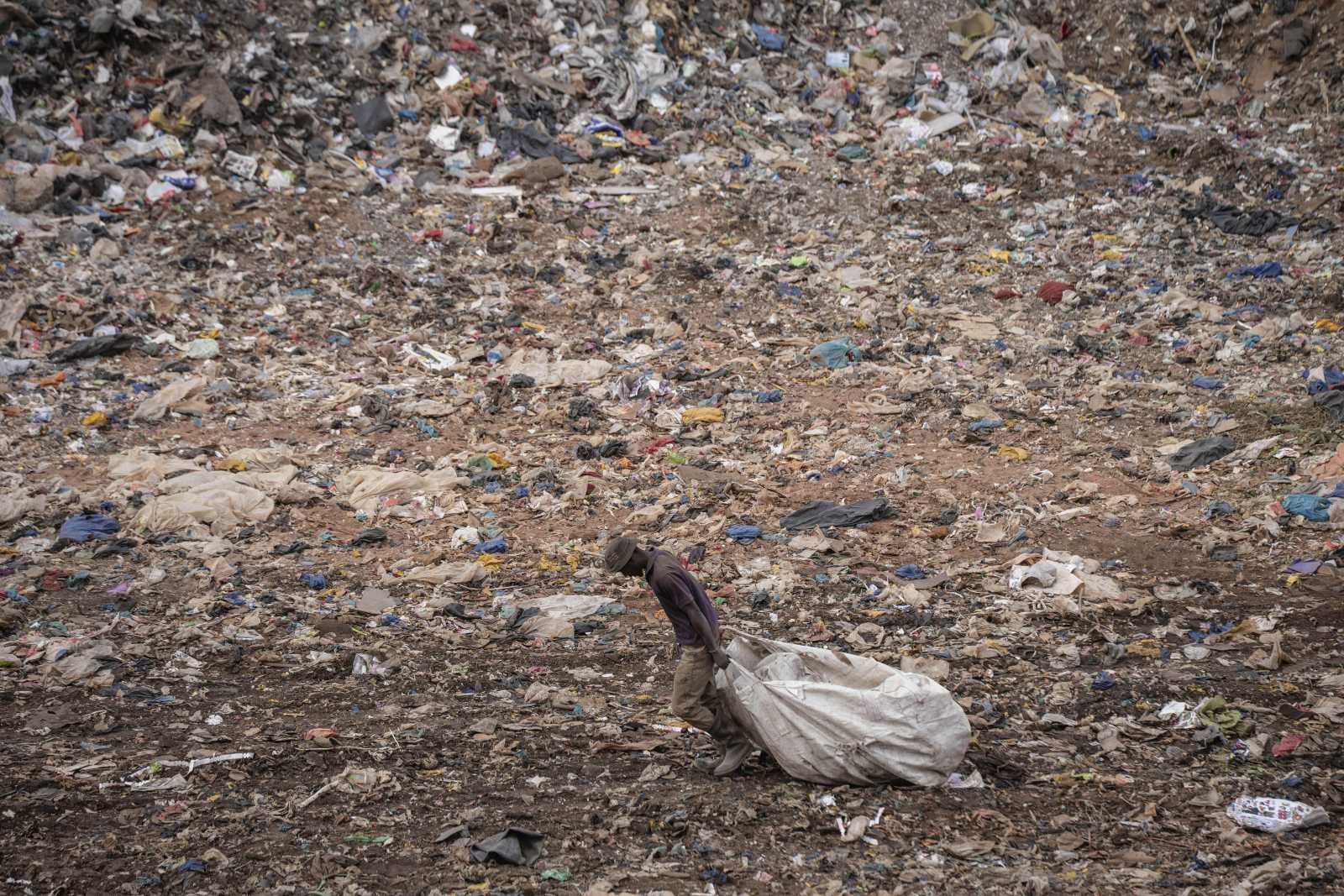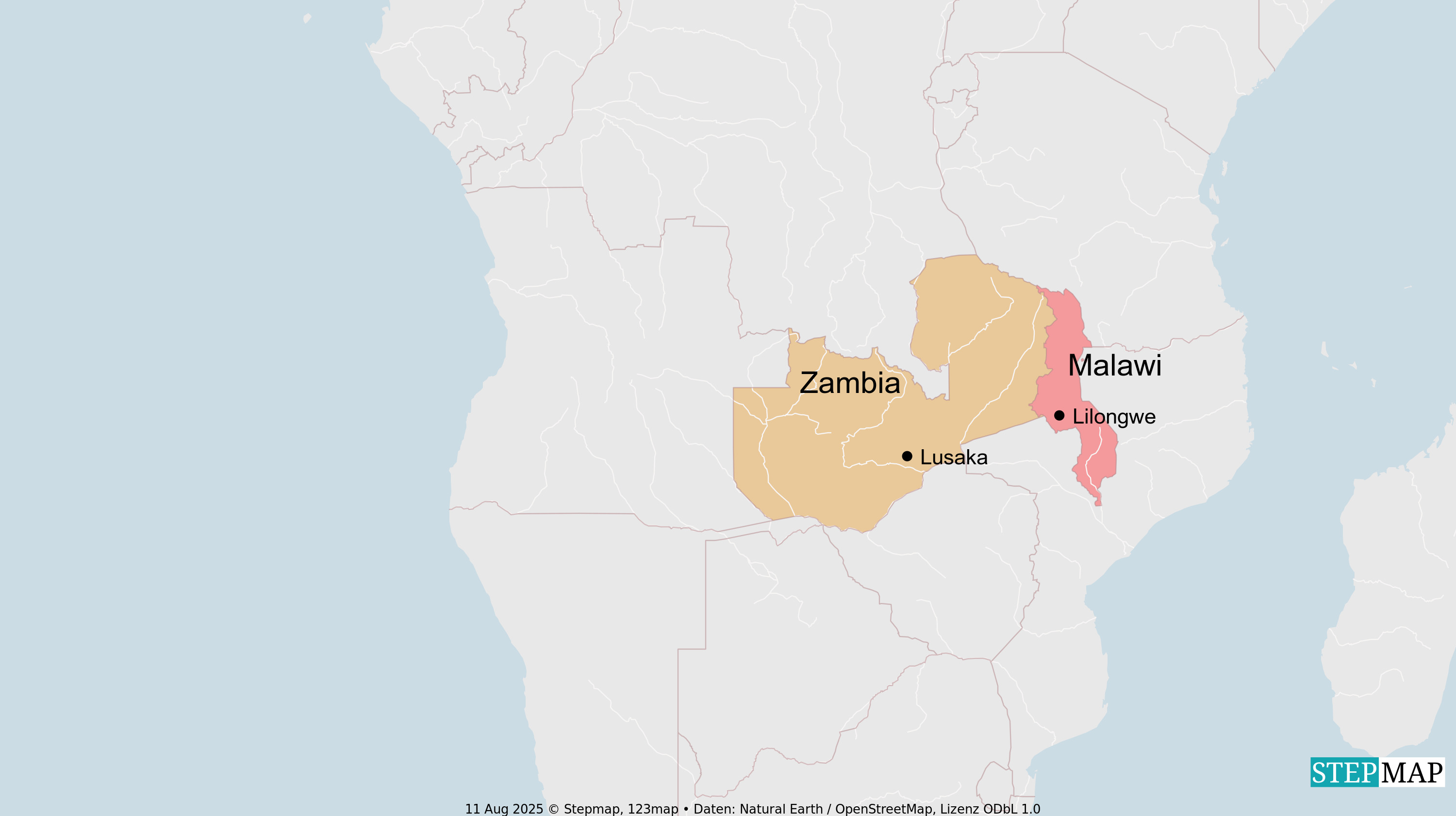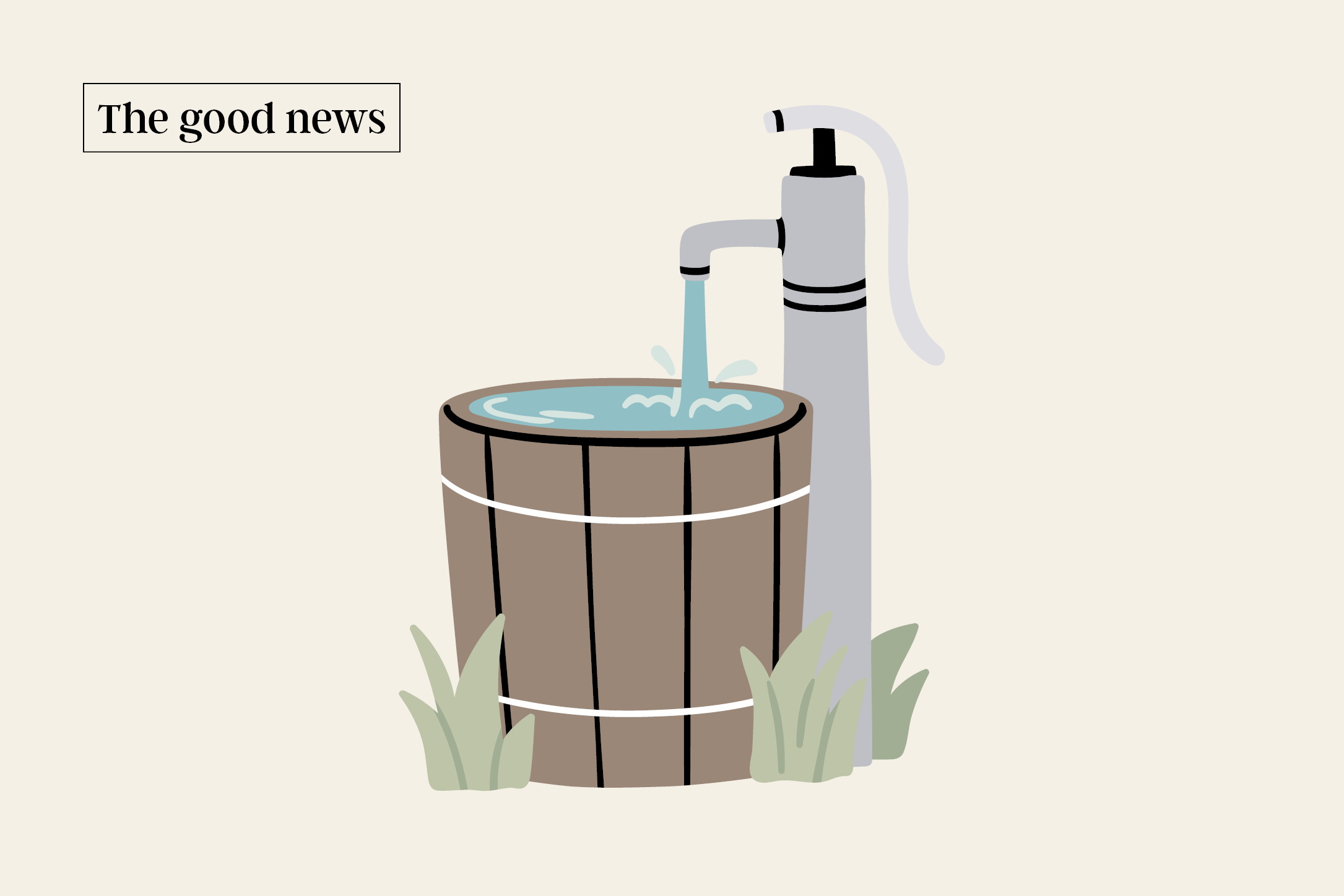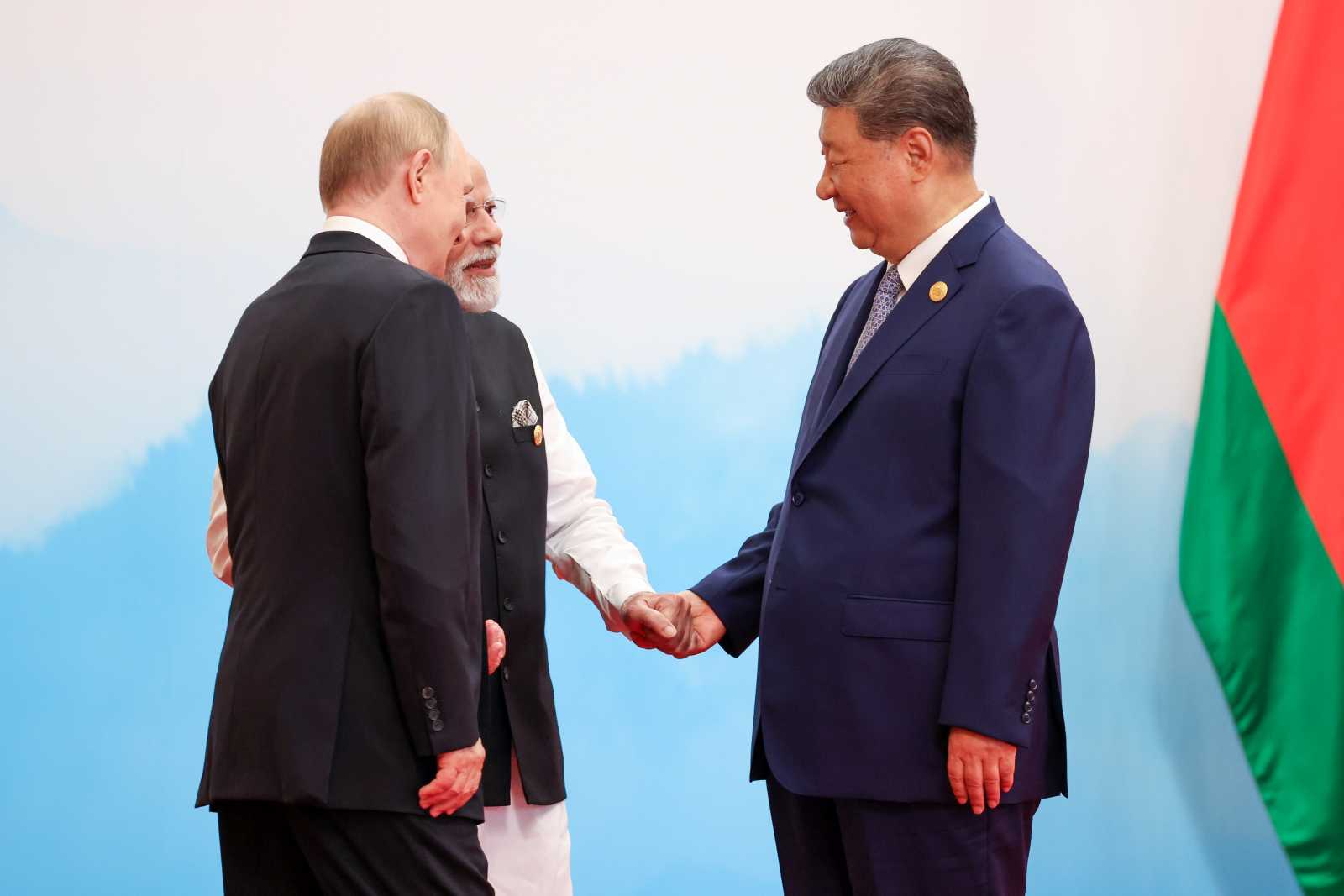Marginalisation
No voice
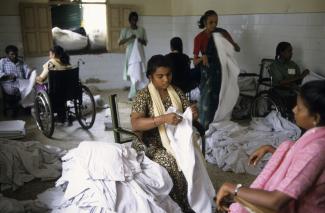
Sacchidananda is a determined person, and a lucky one. He was born into a poor family in rural West Bengal. As a two year old, he was afflicted by polio. He had not been immunised, and the result was an orthopaedic impairment.
He showed a great interest in education, limping through narrow and uneven village roads and pond embankments, on which wheelchairs or crutches could not be used. He fell into ponds many times, but that did not deter him from completing school. The teachers helped him, for instance by moving his class to the ground floor. With support from his family, teachers and peers, Sacchidananda later went to college, struggling to make ends meet in the distant city of Kolkata. Today, he is back in his village as a well-settled school teacher. A widely respected role model, he has pulled his family from poverty, and is now teaching poor children to never give up.
Sacchi’s story is true, though it is certainly more of an exception than a rule. For most youngsters who grow up with disabilities in rural India, the outlook is grim. It is one of poverty, marginalisation and hopelessness.
Hard work in agriculture
In most societies, official data shows that, while persons with disabilities PWDs do not participate in work to the same extent as able-bodied persons do, most are engaged in a range of paid and unpaid work. In agriculture-dominated economies, moreover, only those with very severe disabilities and the very old do not work. The problem is that PWDs’ work is not socially recognised and does not lead to full social integration. All too often, PWDs are excluded from education, and end up in low-skill jobs that do not allow them to escape poverty.
In rural India, PWDs are mostly wage labourers at the lowest rung of farm employment. According to Action Aid Study, all wage labourers get very little money, and find only seasonal jobs. Due to impairment, PWDs tend to be the last to be hired, the first to be fired and the worst paid. The bottom line is that seasonal wage labour does not offer PWDs any real prospects. Accordingly, many of them engage in other kinds of work. Such activities, however, are petty jobs at very low pay. Most women with disabilities, moreover, engage in domestic work that remains unrecognised.
Poor health-care services compound the problems. Many sight impairments are easy to treat. Often the right pair of glasses would restore a person’s working ability. In other cases, simple and inexpensive surgery would help. Too many people, however, do not have access to professional eye doctors.
Similarly, appropriate orthopaedic appliances compensate many disabilities. Famously, Oscar Pistorius, South Africa’s “Blade Runner”, even took part in the London Olympics, relying on metal limbs instead of feet. His achievements are extraordinary, but not everybody can be a super-hero. Most PWDs in rural India, in contrast, have little hope of health care and rehabilitative services. PWDs in the rural areas lack access to appropriate medical agencies which are mostly located in cities and demand complex bureaucratic processes before granting support.
IIlusions about self-employment
The standard approach to including PWDs in social and economic life is to teach them skills in various crafts and trades in the hope that they will start their own businesses and earn a living. What sounds good in theory, however, is no panacea in practice.
There is no guarantee that skills lead to gainful self-employment, since entrepreneurship requires more than some trades competences. Entrepreneurs must understand markets and be able to identify business opportunities. They must not only produce things, but market them too. They must make plans to expand, and as such plans succeed, managing the supply chain becomes ever more demanding. Only very few persons have an aptitude for enterprise, and even they typically need some assistance to succeed. Unsurprisingly, most PWDs are unable to set up viable micro businesses to escape poverty and improve standing in society.
Again, the urban bias matters. Of India’s 17 government-run Vocational Rehabilitation Centres VRCs, 16 are located in the state capitals. Only 1.5 % of the PWDs in rural areas get any training at VRCs, and there is little evidence of VRC alumni sustaining gainful self-employment. The VRCs offer no follow-up support that might help aspiring entrepreneurs.
Starting and running a business requires more than mental preparedness: at least some physical prowess. PWDs are challenged by an inadequatetly built environment – uneven roads, staircases in buildings, buses that only have numbers written on them and are therefore inaccessible to the blind. Their ability to seek business as entrepreneurs and find new opportunities and partners is compromised. Another disadvantage ist that, to the extent that PWDs need medical treatment or physical therapy, they have less time and need more resources than competitors.
Under-achieving government
India has several programmes that are meant to alleviate poverty. Typically, they are also meant to take disabilities into account. The statistics they publish, however, show that they fail this particular target group see box on p. 30. It would be wrong to read such data merely as implementation failures of well-intended programmes. The rot goes deeper.
Despite various provisions, policymakers are not doing a great job of protecting and promoting the livelihood rights of the PWDs. The PWD Act of 1995 neither empowers any authority to enforce provisions, nor does it define any system of accountability. As a result, government bureaucracies are not under pressure to create mechanisms for inclusion. The National Handicapped Finance and Development Corporation NHFDC is an example. It was set up in 1997 to promote PWDs, but by December 2008, it had supported a mere 36,000 people, and half of its funds remained unspent.
The central government wants to revise the law. The rhetoric has been up-dated. The draft bill is full of terms that are appreciated at the international level, including “non-discrimination”, “equal opportunity”, “grievance address” and so on. While the new regulations may make life easier for PWDs who work in formal settings which go along with social protections and health insurance. But they have no bearing on the informal sector, which is where more than 90 % of the Indian labour force and more than 95 % of the PWDs work.
Although 75 % of the PWDs live in the villages, government action tends to bypass rural areas. About one third of the funds the central government allocates for assisting PWDs is earmarked for non-governmental organisations, most of which operate from the cities. Another 15 % of the funding is allocated to national-level organisations, that are all located in the cities.
There is no strategy to inform poor and uneducated PWDs in rural areas about their constitutional entitlements. The core challenge is that PWDs in rural India typically experience multiple marginalisation on account of poverty, disability, illiteracy and inadequate health care. Moreover, there are cross-cutting issues of gender, caste and religion. To improve matters, the panchayats, the elected village councils that are the most decentralised level of Indian statehood, need to be involved, but there is no guideline designed to involve them on related matters. All in all, India’s record in protecting or enhancing the rights of the PWD to work remains rather unimpressive, despite its commitments to the UN Convention for the Rights of Persons with Disabilities.
Because of their marginalisation, PWDs hardly have an impact on public life and political deliberations. Generally speaking, PWDs tend to be a voiceless, fragmented section of the population. Dispersed and poor, they have not been able to start assertive social movements.
Against the odds, however, they try to build on their strengths. They do their best to acquire skills and access special education. Some find a foothold in computer skills and benefit from the city-based corporate sector outsourcing jobs to rural areas. Civil society is also making efforts to find a rural voice.
Ray of hope
Indeed, empirical evidence shows that progress is possible. A promising example is the Centre for PWD livelihoods CPDL in Andhra Pradesh, a public-private initiative that involves the Youth4Jobs Foundation, the Society for Elimination of Rural Poverty SERP and the state government of Andhra Pradesh.
CPDL partners are doing pioneering work in training youth in skills that are in market demand, including English communication and computer skills. The idea is to qualify PWDs for the retail sector and information technology. CPDL partners have organised more than 300,000 PWDs in self-help groups of about ten members each, and they have put them in touch with banks so they can invest in income generation. The private-public initiative has set up 14 training centres in the state of Andhra Pradesh. It is also raising awareness among private sector-companies on inclusive workforces and helping them to find skilled PWDs. In only 18 months, the initiative managed to train 2,500 PWDs, 70 % of whom have been placed in formal-sector jobs and are now earning good salaries.
In conclusion, an understanding of the livelihood for PWDs has to start with the acknowledgement that most of them do a lot of work, which often goes unrecognised. The key is to understand and address the social and institutional barriers that disable them from engaging in sustainable livelihoods.
